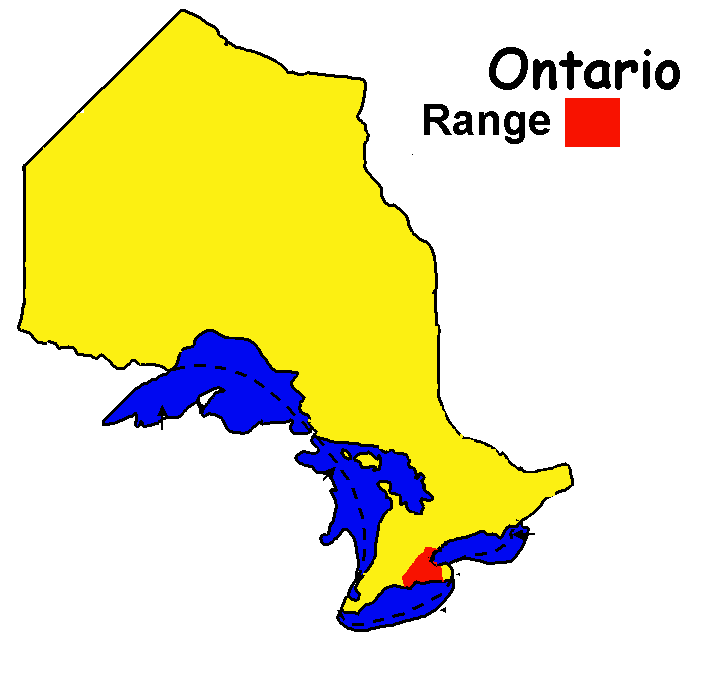Salamanders
Jefferson Salamander
 Ambystoma jeffersonianum
Ambystoma jeffersonianum - A 12-18 cm salamander, the Jefferson salamander is larger than the blue-spotted salamander, with bluish-white flecks on a greyish-black body. The spots are fewer and smaller than those on the blue-spotted and do not cover the tail. The Jefferson salamander's belly is also a lighter grey than that of the blue-spotted.
- Adults spend the summer undergrou
 nd in tunnels beneath stumps and rocks, only emerging to feed in wet weather.
nd in tunnels beneath stumps and rocks, only emerging to feed in wet weather. - They hibernate by moving deeper underground in their tunnels, or they may seek shelter in log piles or compost heaps. The heat generated by the decomposing compost makes these places ideal hibernation sites for many salamander species.
- This species breeds in temporary and permanent pools and flooded ditches in wooded areas. The Jefferson salamander prefers forest ponds in undisturbed, well-drained woodlots.
- Breeding often occurs in the spring before the ice has lifted. Males arrive at the pond first, then after a long courtship, the female lays 10-40 eggs.
- They hatch after 3 or 4 weeks, and the larvae transform into small 3.5 cm salamanders in late August and early September.
- The identification of the Blue-spotted salamander, the Jefferson salamander and the Small-mouth salamander is complicated by their ability to interbreed. The resulting hybrid species, the Tremblay's and Silvery salamanders, are usually larger than the parent species.
- ENDANGERED













